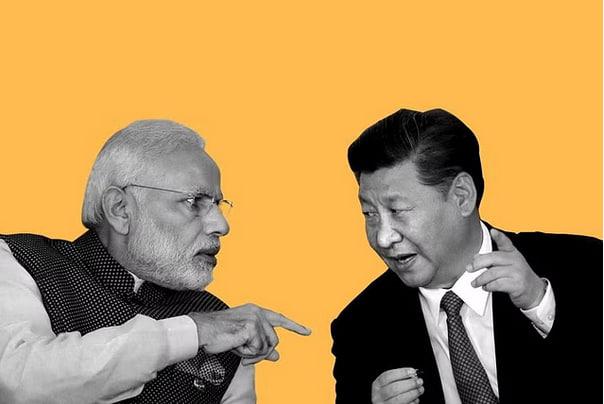Invented names: On India’s response to China’s fresh attempt to lay claim-over parts of Arunachal Pradesh
China’s latest ‘renaming’ of areas in Arunachal is a new-low in ties with India
India has summarily rejected China’s attempt to lay claim over areas of Arunachal Pradesh after it issued new official names for them. In a fresh attempt on Sunday, the Chinese Ministry of Civil Affairs said it would “ standardize ” 11 place names in what China calls “South Tibet or Zangnan”, an area consistently controlled by India. The names, in Mandarin , Tibetan and Pinyin (English transliteration ), with latitude and longitude markings that pertain to points in Arunachal, including one close to capital Itanagar, leave little doubt that China’s list, the third such since 2017, is a deliberate affront to India’s territorial sovereignty . The Ministry of External Affairs statement, that “invented names” will not alter the reality that Arunachal Pradesh is an integral part of India, mirrors what India had said in 2021 when China “renamed” 15 places; in 2017, there were six names. It would be a mistake, given the timing, to assume that the Chinese decision is a repetition of its previous attempts. The move in 2017 was seen as retaliation after the Dalai Lama’s visit to Tawang. In 2021, the move followed China’s new “Land and State Border Law”, that virtually authorised the government to reclaim territories claimed by China, and was seen as a way to reassert its claim over the State as a whole.
There could be many factors behind the latest move: China’s reaction after the Indian Army rebuffed a PLA attempt to take-over a post at Yangtse in the Tawang sector of the Line of Actual Control ( LAC ) in December 2022, an angry response to New Delhi’s decision to hold a G-20 engagement group meeting on Innovation technology in Itanagar which the Chinese embassy had boycotted , or an indication of more serious designs ahead. Above all, it reflects the nadir in ties and the lack of meaningful dialogue for three years since the amassing of Chinese troops at the LAC in 2020 and transgressions that have led-to scuffles , including the deadly encounter at Galwan. While many rounds of talks have ensued , and there has been disengagement at some standoff points, political relations have not been resumed , although there have been some meetings between Foreign and Defence Ministers, and Prime Minister Narendra Modi spoke briefly with Chinese President Xi Jinping at the G-20 summit in Indonesia last year. It is necessary, in light-of China’s latest act of belligerence , that the government shows more clarity on the nature of its conversations thus-far . Until the government probes the reasons behind China’s moves and the motivation for its persistent aggressions , it will be hard to prepare for a future course-of action, even as it counters China’s false narrative and a renaming of areas that are firmly within India’s boundaries.
